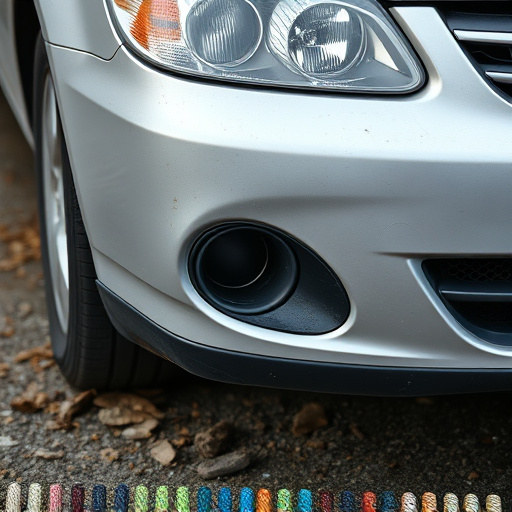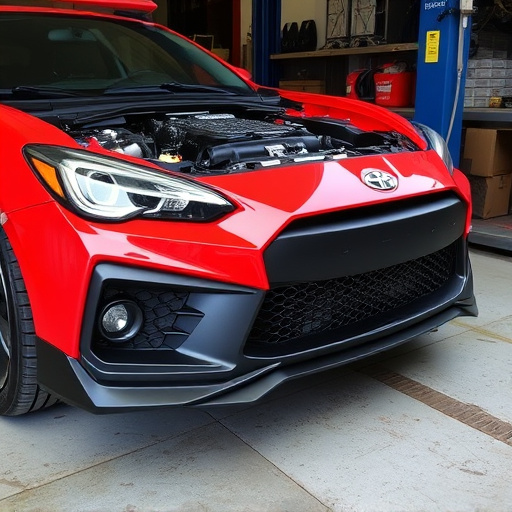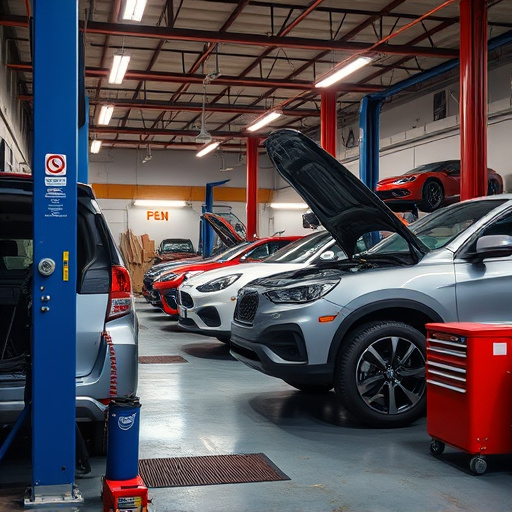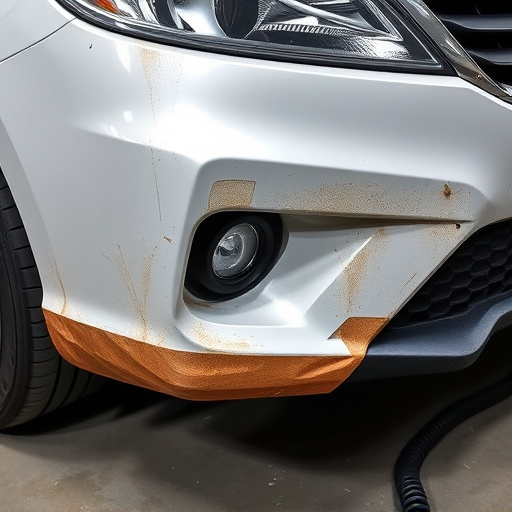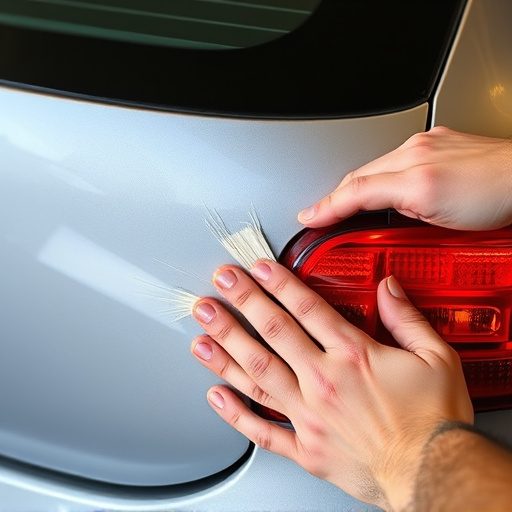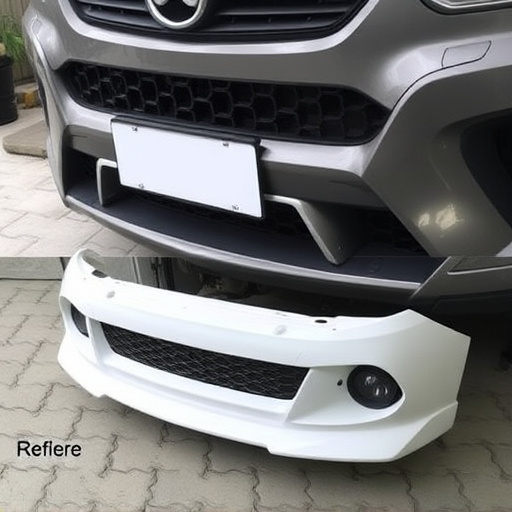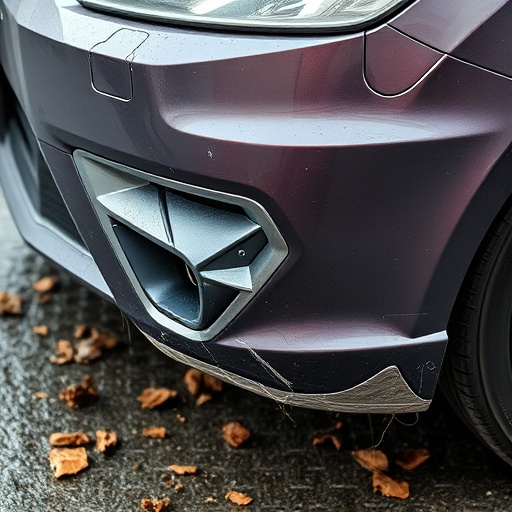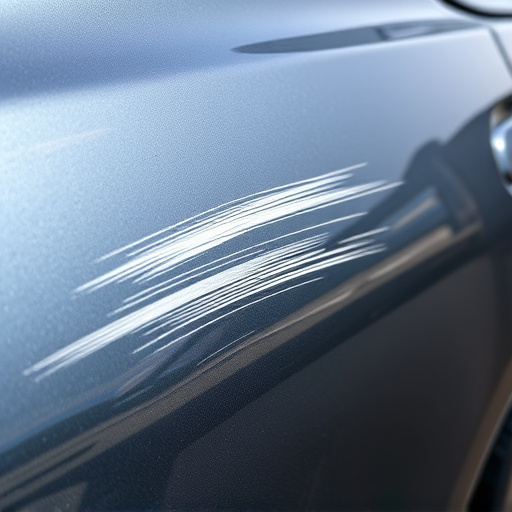Understanding insurance coverage for plastic body part repairs is vital. Comprehensive auto insurance often covers non-structural damages, but terms and deductibles vary. Reconstructive surgeries are generally covered, while aesthetic procedures may require specific conditions or incidents for reimbursement. Key steps for claims process include documenting damage, choosing authorized repair shops, communicating with insurers, and maintaining vehicle condition to prevent further costs.
“Unsure how insurance supports your journey towards enhanced physical well-being through plastic body part repair services? This comprehensive guide unravels the intricacies of insurance coverage for such procedures. From understanding policy nuances to navigating claims, we demystify the process. Learn about covered plastic surgeries and gain efficient tips for repairing your desired body parts. Equip yourself with knowledge to make informed decisions, ensuring a seamless transition towards achieving your aesthetic goals.”
- Understanding Insurance Coverage for Plastic Body Repairs
- What Types of Plastic Surgeries Are Covered?
- Navigating Claims Process: Tips for Efficient Repair Service
Understanding Insurance Coverage for Plastic Body Repairs

Understanding Insurance Coverage for Plastic Body Repairs
When it comes to plastic body part repairs, knowing your insurance coverage is crucial. Many standard auto insurance policies include provisions for vehicle bodywork and car repair services, but the specifics can vary greatly between plans and providers. In general, comprehensive coverage, which is often sold as an add-on to your liability or collision policy, will cover damages to your vehicle’s non-structural parts, including plastic components. This can range from small scratches and chips to more significant damage from accidents or natural disasters.
It’s important to review the terms and conditions of your specific policy to determine what is considered a covered expense for plastic body part repair services. Some policies may have deductibles, co-pays, or limitations on the type and extent of repairs that are eligible for reimbursement. Additionally, understanding what isn’t covered, such as cosmetic modifications or damage from neglect, will help you avoid unexpected costs. By familiarizing yourself with your insurance coverage, you can ensure that your plastic body repairs are handled efficiently and within your financial comfort zone.
What Types of Plastic Surgeries Are Covered?

When it comes to insurance coverage for plastic body part repair services, understanding what procedures are included is essential. Most insurance policies provide coverage for a range of plastic surgeries, including those focused on reconstructive and aesthetic purposes. Reconstructive plastic surgeries aim to restore function or improve the appearance of damaged body parts, often as a result of an accident or medical condition. This can include procedures like nose reshaping, ear reconstruction, and breast reconstruction after mastectomy.
Aesthetically driven plastic surgeries, while not always covered in full, may have some insurance support. These procedures target improvements to enhance one’s appearance, such as facial liposuction, rhinoplasty for non-medical reasons, or certain types of breast augmentation. However, the coverage varies widely depending on the provider and policy, with some policies requiring a specific condition or incident leading up to the surgery for partial or full reimbursement. Keep in mind that procedures like car dent repair or vehicle paint repair, while they may involve plastic body part repair techniques, are typically not covered by insurance as they are considered cosmetic or maintenance services for vehicles, not medical treatments.
Navigating Claims Process: Tips for Efficient Repair Service

Navigating the claims process for plastic body part repair services can seem daunting, but with a few tips, it can be streamlined and efficient. First, ensure you have all necessary documentation ready, including photos of the damage and any relevant receipts. This not only simplifies the filing process but also aids in providing accurate estimates for repairs. Next, choose an authorized repair shop that specializes in plastic body part repairs; these facilities are equipped to handle intricate plastic work with precision and expertise, often reducing downtime compared to general auto body services.
Additionally, communicate openly with your insurance provider about your repair needs. Many insurers offer dedicated lines or apps for submitting claims, making the process quicker. Remember, while tire services might not be directly related to plastic body part repairs, ensuring your overall vehicle is in good condition can prevent further damage and additional costs down the line.
Insurance coverage for plastic body part repair services can significantly ease the financial burden of cosmetic procedures. By understanding what types of surgeries are covered and efficiently navigating the claims process, individuals can access quality repair services with greater peace of mind. Remember that specific policies vary, so reviewing your plan details is crucial to ensuring comprehensive coverage for your desired plastic body part repairs.
